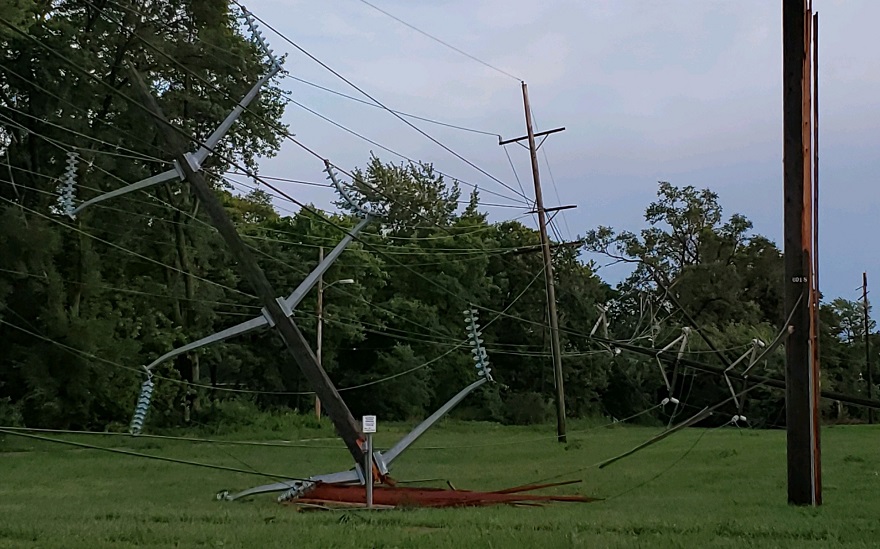Will relaxing red tape lead to an energy storage boom and treble battery capacity?
The UK government has eased planning regulations in an effort to increase large-scale battery storage projects to harness the power from solar and wind.
The legislation exempts all large-scale electricity storage applications, except for pumped hydro, from the Nationally Significant Infrastructure Projects rules.
The move removes barriers for storage projects above 50 MW in England and 350 MW in Wales.
Before the change, such moves were treated as power generation under the planning regime. This added 18 months to the process and also increased costs.
The Department for Business, Energy and Industrial Strategy (BEIS) claims the reform should slash the amount of time to gain permission to between 8-16 weeks.
It hopes the move could treble the number of large batteries serving the grid to more than 100.
“Removing Barriers” For Batteries
“The key to capturing the full value of renewables is in ensuring homes and businesses can still be powered by green energy even when the sun is not shining, or the wind has stopped blowing.
“Removing barriers in the planning system will help us build bigger and more powerful batteries, creating more green-collar jobs and a smarter electricity network.”
– Kwasi Kwarteng, Minister for Energy and Clean Growth
Energy storage will have a huge role powering the UK as it transitions towards zero-carbon.
Electricity system operator National Grid believes the roll-out of technologies like batteries could help save £40 billion by 2050.
For example, during last August’s major power cut, battery storage made up nearly half of the ESO’s reserve capacity (472 MW out of 1,000 MW).
“How we operate Great Britain’s grid is changing, with record levels of renewable sources generating our power.
“Storage can help us make the most of this green energy, using it to manage peaks and troughs in demand and operate the electricity system as efficiently as possible. Keeping costs down for consumers too.”
– Kayte O’Neill, National Grid ESO’s Head of Markets
Reaction To The News
Industry is broadly welcoming the news. But they warn further changes are required in areas such as the Capacity Market.
“This is a significant, positive and well-timed decision from the government. Encouraging larger storage projects to come forward will add more jobs and economic benefit to the green recovery.
“By recognising the smaller planning impacts of storage projects, this change will save developers time and money and encourage more ambitious storage projects, which are vital to decarbonising our electricity system.”
– Madeleine Greenhalgh, Policy Lead for the Electricity Storage Network (ESN)
“This scale of battery is becoming the new norm. Today’s announcement will stimulate investment in the energy system we need to reach net zero as fast and as cheaply as possible.”
– Rebecca Williams, Policy and Regulation Director for RenewableUK
“We welcome the decision to make it easier to deploy flexible large-scale energy storage technologies in the UK, which will help to further decarbonise and improve the resilience of our energy system.
“The next steps in unlocking the potential of energy storage, and maximising the crucial role it can play in managing growing solar and wind output, are to provide greater access to flexibility markets, including the capacity market, and applying fairer network charging rules.”
– Chris Hewitt, Chief Executive of the Solar Trade Association (STA)
Analysts claim there is more than 13.5 GW of UK battery storage projects in the pipeline. Roughly 1.3 GW is ready to build. A further 5.7 GW has planning permission. While another 6.5 GW is at the proposal stage.
If all these installations were to happen, it could have enough combined capacity to power more than 18 million homes.




